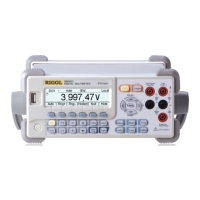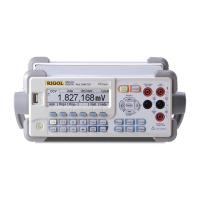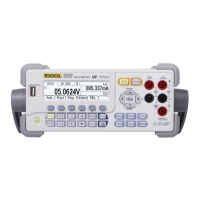Why Rigol Multimeter does not start?
- AAndrew ReillyAug 16, 2025
If your Rigol Multimeter doesn't start, check the following: * Ensure the power is correctly connected. * Verify the power switch on the rear panel is turned on. * Confirm the power indicator on the front panel is lit. * Inspect the power fuse on the back and replace it if blown. * Check if the voltage selector is set to the correct level. If it still fails to work, contact your local RIGOL distributor.










